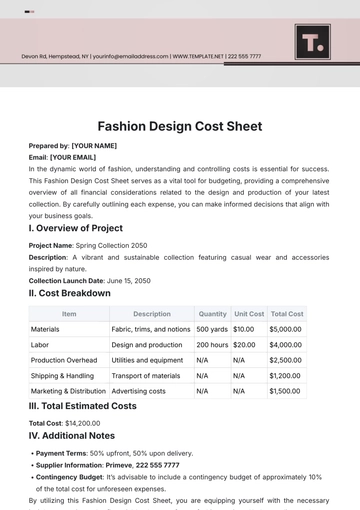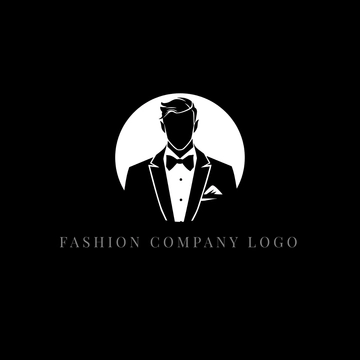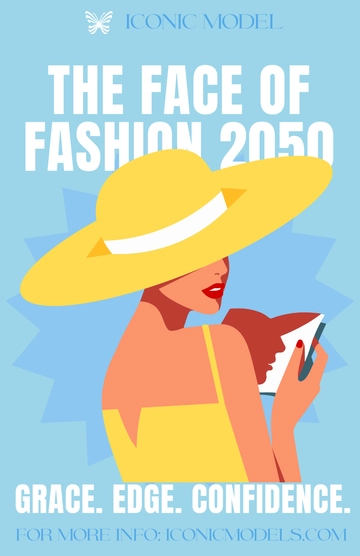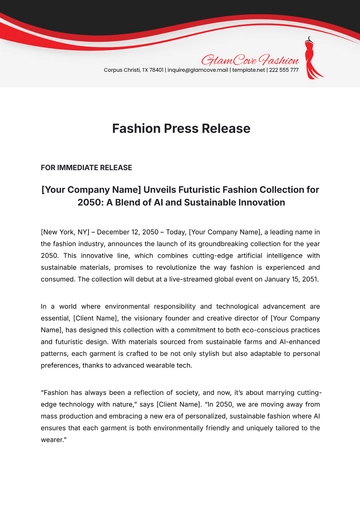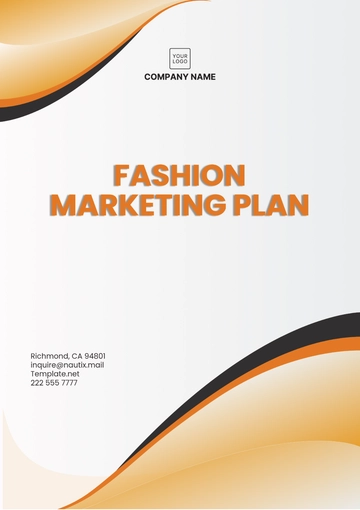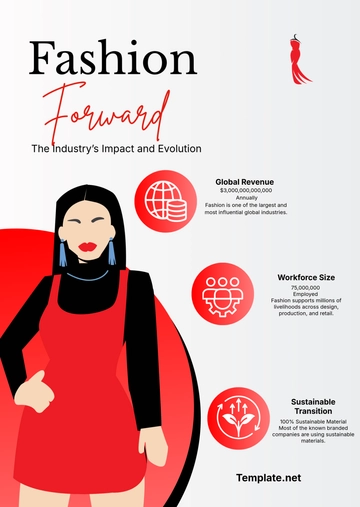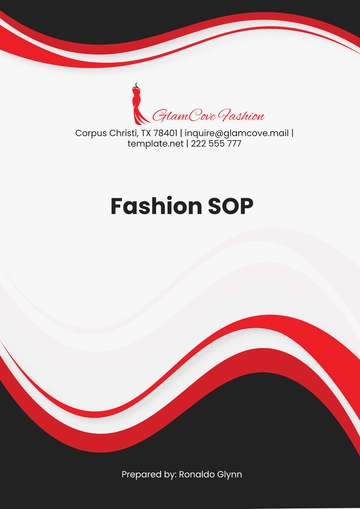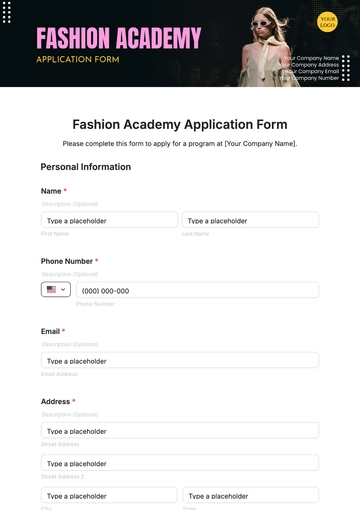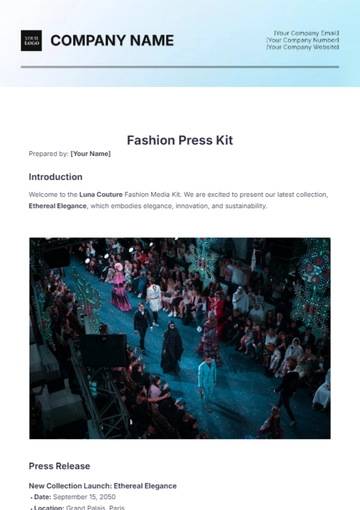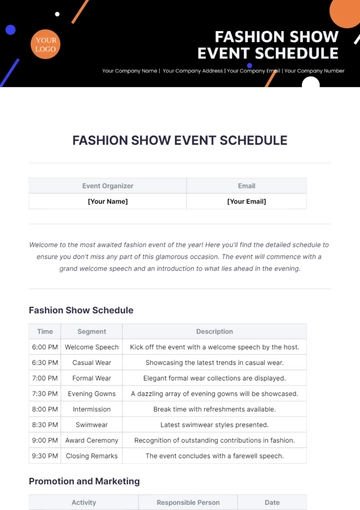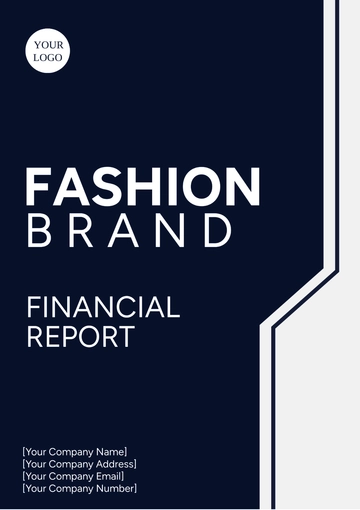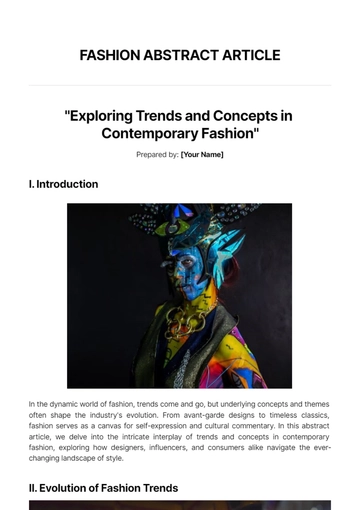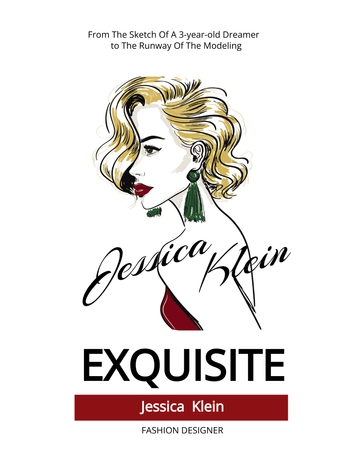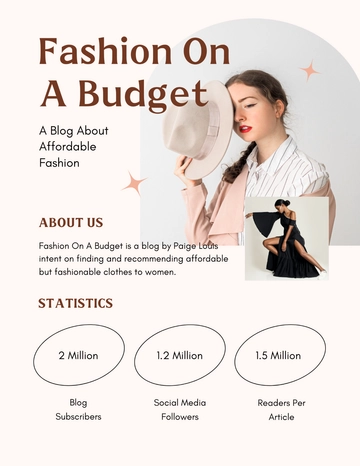Free Fashion Marketing Case Study

I. Executive Summary
The [Your Company Name] Fashion Marketing Case Study provides a detailed analysis and examination of a specific marketing strategy, campaign, or approach within the fashion industry. This case study delves into the objectives, methods, outcomes, and lessons learned from a particular marketing endeavor related to fashion products or brands. The executive summary offers a concise overview of the key findings and insights derived from the case study analysis.
II. Introduction
[Your Company Name], a leading fashion brand in the industry, embarked on a strategic marketing initiative aimed at launching a new line of sustainable clothing. The primary goal was to increase brand visibility among environmentally conscious consumers and drive sales of eco-friendly apparel. This case study aims to provide a comprehensive understanding of the strategies employed, the challenges faced, and the outcomes achieved during this marketing campaign.
III. Background
[Your Company Name], known in the sustainable fashion industry, uses organic materials and eco-conscious procedures. It targets urban consumers aged 25-40, who prioritize ethics and quality in clothes. Before its marketing, the brand studied key trends and competitive landscapes.
IV. Objectives
The objectives of the [Your Company Name] Fashion Marketing Case Study are as follows:
To analyze the effectiveness of the chosen marketing strategy in reaching the target audience.
To evaluate the impact of the marketing campaign on brand awareness, customer engagement, and sales.
To identify the strengths and weaknesses of the marketing approach and derive actionable insights for future campaigns.
V. Methodology
The case study employs a mix of qualitative and quantitative research methods:
Qualitative Analysis:
In-depth interviews with key stakeholders, focus groups with target consumers, and analysis of customer feedback.Quantitative Analysis:
Data collection through surveys, social media analytics, website traffic analysis, and sales performance metrics.
VI. Findings
6.1 Effectiveness of Marketing Channels:
Analysis of different marketing channels (e.g., social media, influencer partnerships, email marketing) in reaching the target audience and driving engagement.
Comparison of channel performance based on metrics such as reach, engagement rates, click-through rates, and conversion rates.
6.2 Brand Perception and Customer Feedback:
Evaluation of customer sentiment towards the marketing campaign and the brand's image.
Key insights from customer feedback regarding product preferences, pricing perception, and overall satisfaction.
VII. Outcomes
The outcomes of the [Your Company Name] Fashion Marketing Case Study include:
Increase in brand awareness by 20%.
Growth in customer engagement metrics (e.g., social media followers, email subscribers) by 35%.
Improvement in sales revenue by 25%.
VIII. Lessons Learned
Based on the analysis, the following lessons were learned:
The importance of emphasizing sustainability and ethical practices in marketing campaigns to resonate with environmentally conscious consumers.
The impact of leveraging social media influencers and partnerships with eco-friendly organizations on campaign success and brand credibility.
Strategies for optimizing future marketing efforts, including investing in interactive content such as virtual try-on experiences and enhancing customer education on sustainable fashion practices.
IX. Recommendations
The case study concludes with actionable recommendations for [Your Company Name]:
Further investment in digital marketing channels such as social media advertising and influencer collaborations, based on their proven effectiveness in reaching and engaging the target audience.
Continued focus on storytelling and transparency regarding sustainable practices and ethical sourcing to maintain and enhance brand perception among environmentally conscious consumers.
Integration of innovative approaches such as augmented reality (AR) for virtual shopping experiences and blockchain technology for supply chain transparency to stay ahead in the competitive fashion market and reinforce the brand's commitment to sustainability.
X. Conclusion
The [Your Company Name] Fashion Marketing Case Study provides valuable insights into the dynamics of fashion marketing and the impact of strategic campaigns on brand performance. By implementing the recommendations outlined in this case study, [Your Company Name] can continue to achieve success and drive growth in the ever-evolving fashion industry.
Prepared By:
[Your Name]
[YOUR POSITION]
[YOUR DEPARTMENT]
Contact Details:
[Your Email]
[Your Company Number]
[Your Company Website]
[Your Company Address]
- 100% Customizable, free editor
- Access 1 Million+ Templates, photo’s & graphics
- Download or share as a template
- Click and replace photos, graphics, text, backgrounds
- Resize, crop, AI write & more
- Access advanced editor
Discover the Fashion Marketing Case Study Template on Template.net for comprehensive fashion marketing analysis. This editable and customizable template assists marketers in documenting fashion marketing strategies effectively. Utilize our AI Editor Tool to tailor the case study effortlessly, ensuring clear and insightful fashion marketing analysis. Simplify your fashion marketing case studies with this user-friendly and versatile template.
